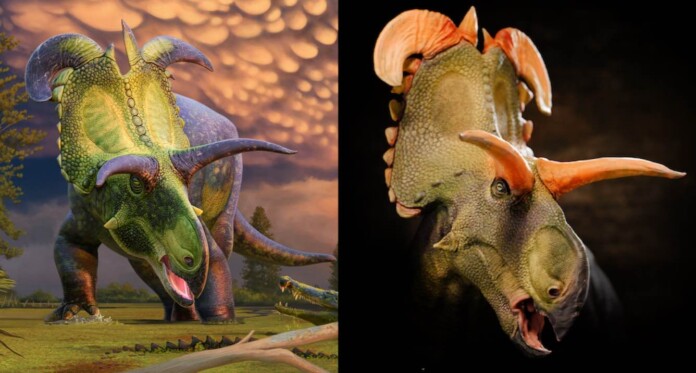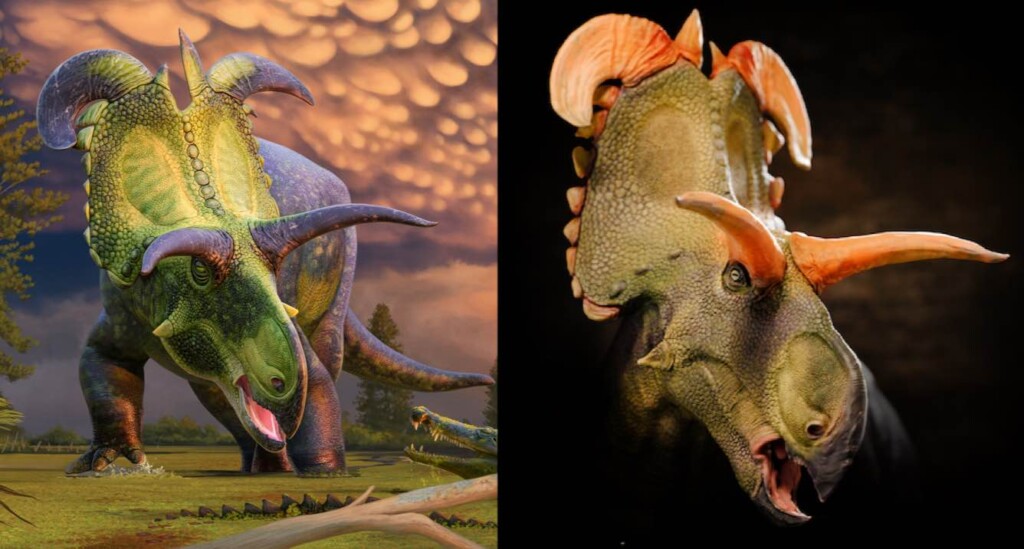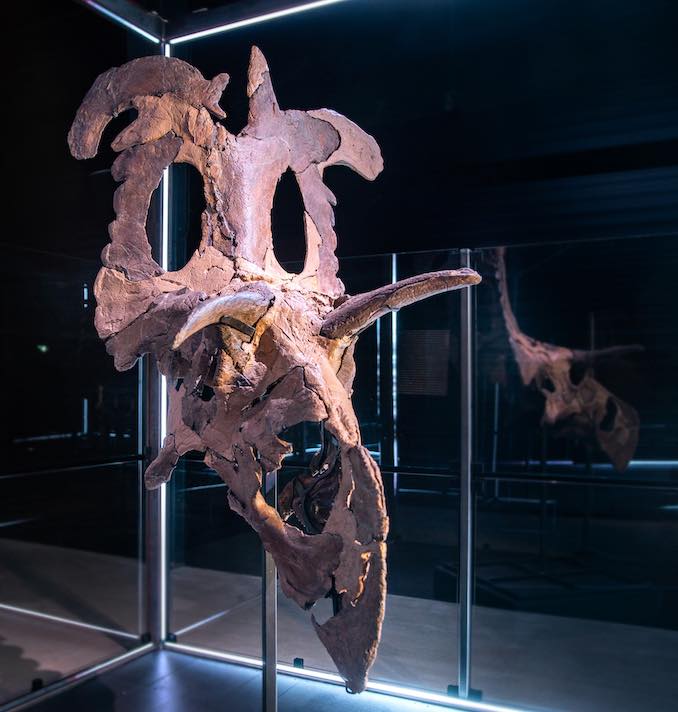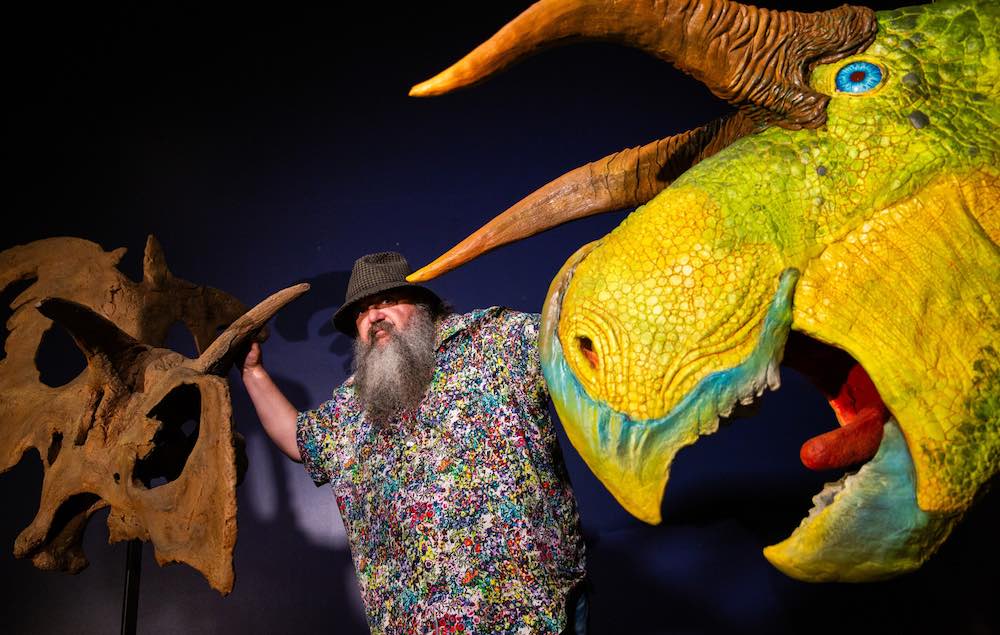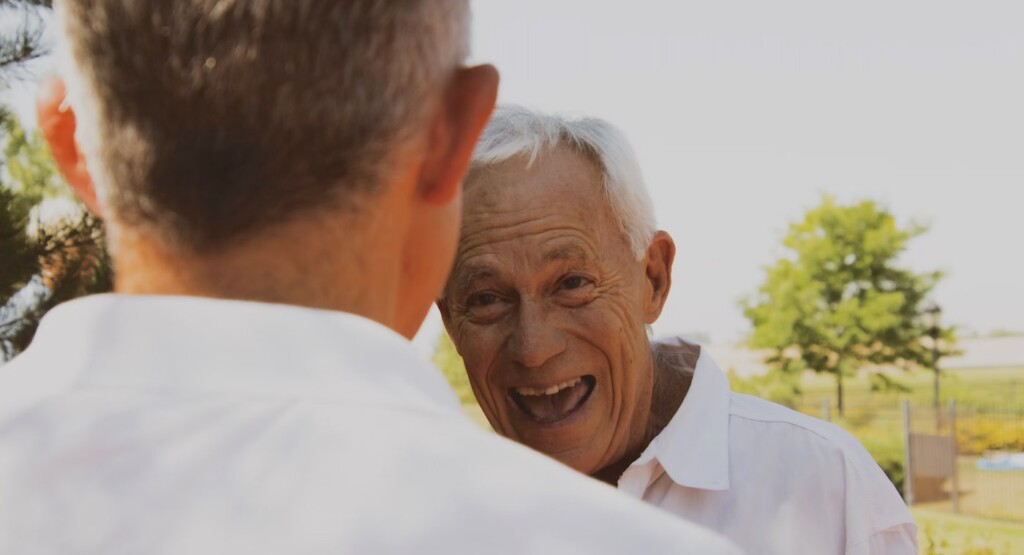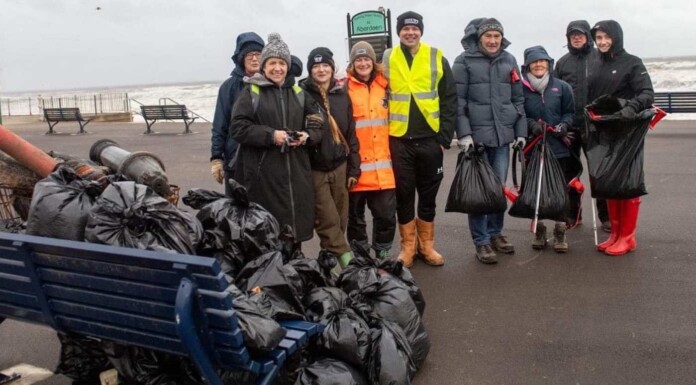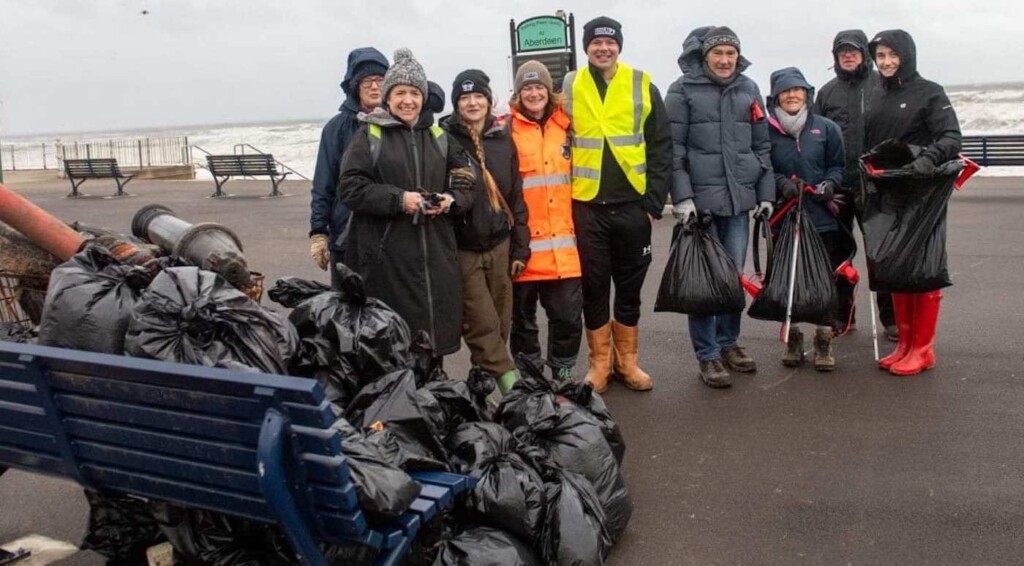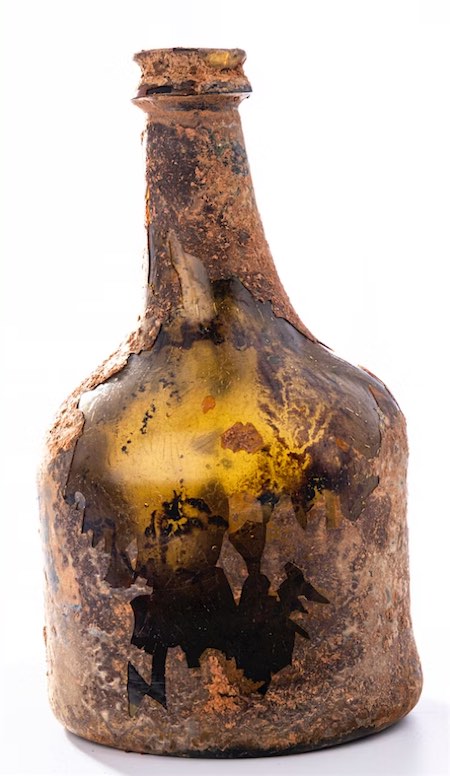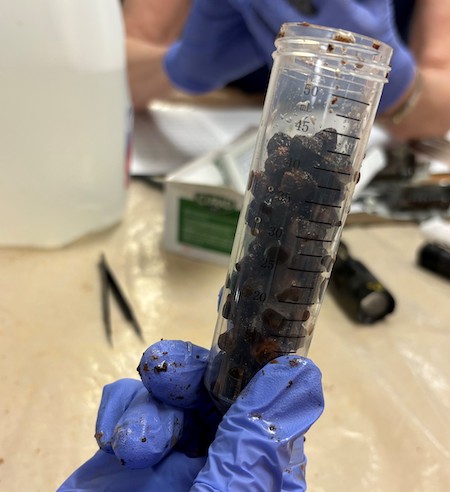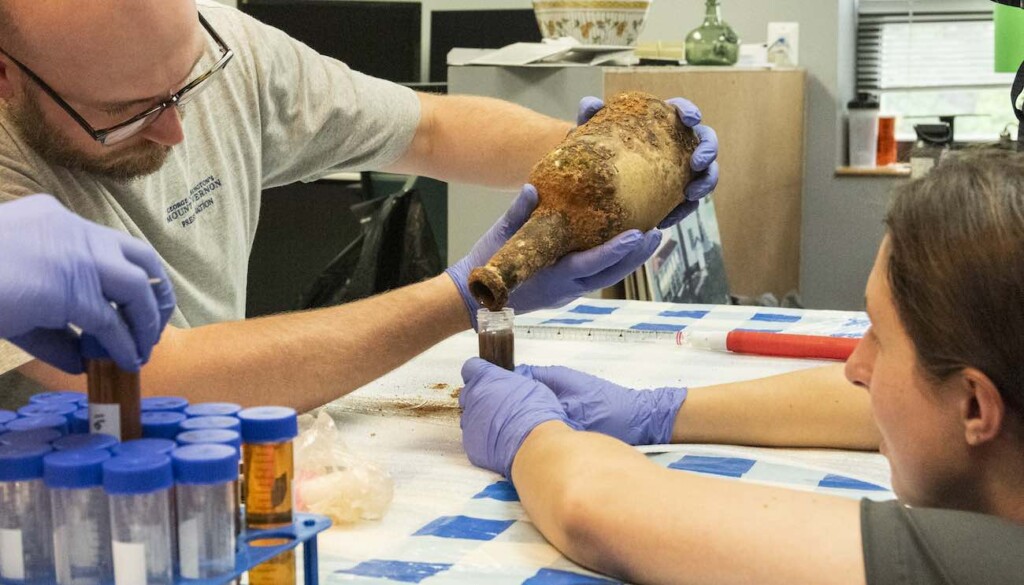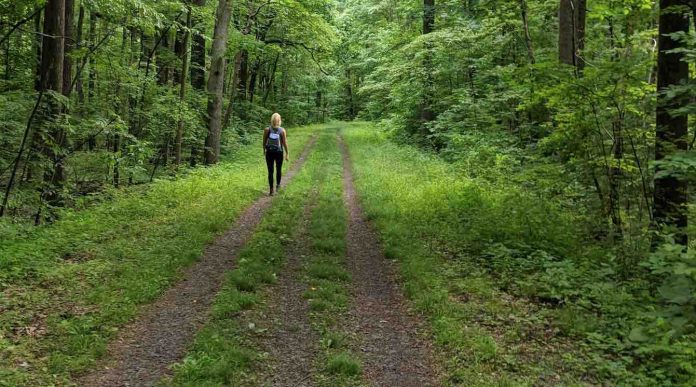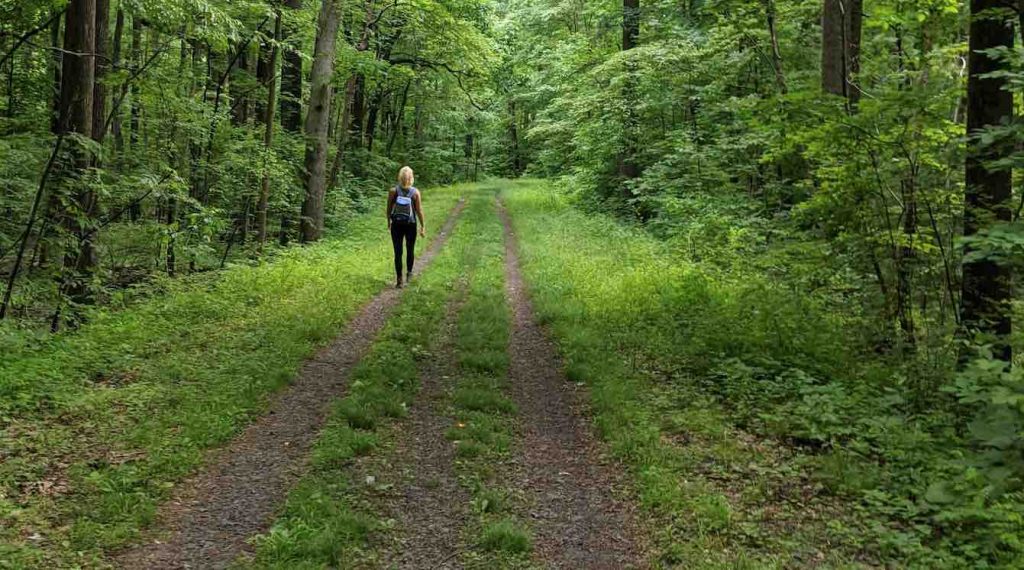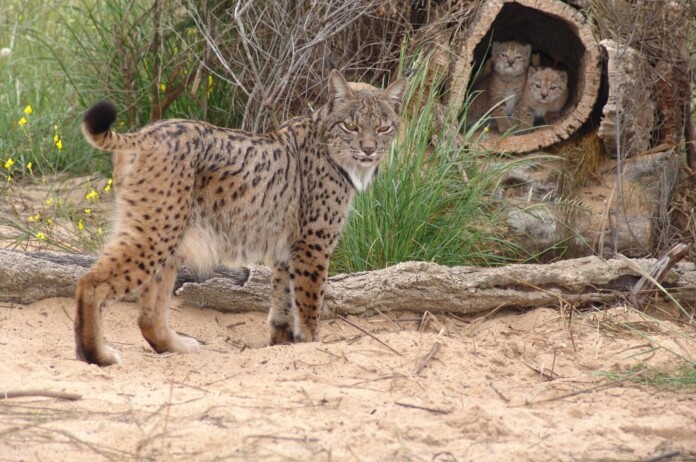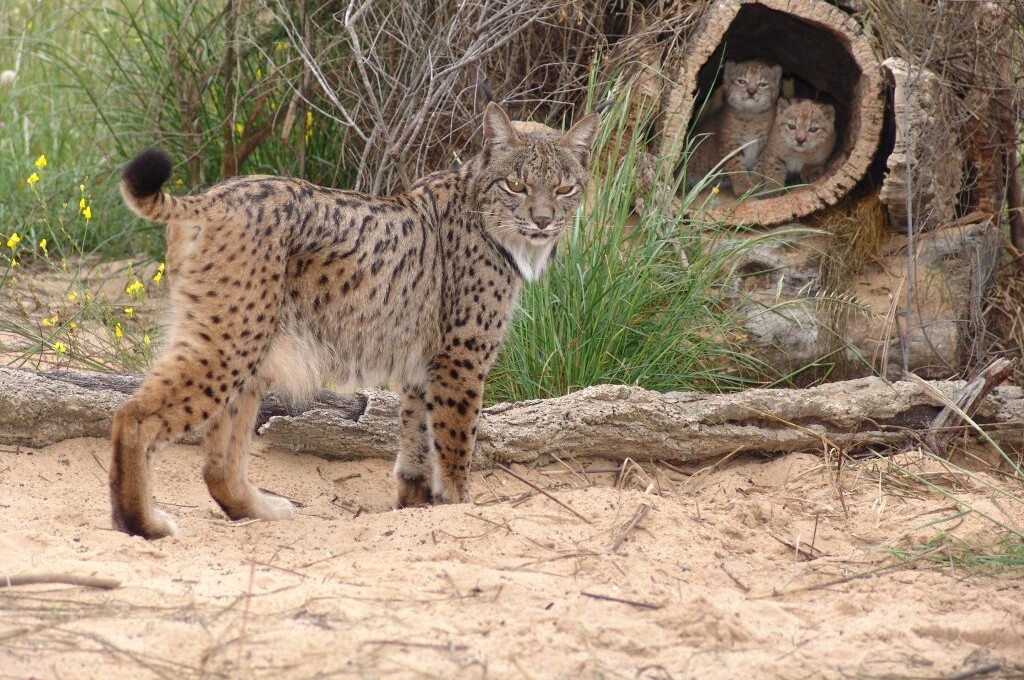
A boy who was given life-changing leg surgery as a toddler has returned to the same hospital ship a decade later, declaring he wants to become a doctor himself.
Romino developed bowed legs in early childhood which prevented him from walking properly. Doctors in his Madagascar hometown suggested leg massages to correct the issue, but nothing seemed to work.
Then, in 2015, his worried mother Claudia brought her three-year-old to a charity hospital ship called Africa Mercy, while it was docked nearby.
Doctors on board performed surgery on the little lad, so he could grow up running, walking, and playing football just like his friends.
This year, Africa Mercy returned to Madagascar—and Romino stepped aboard again, in an emotional return.
He told the staff that he wants to become a doctor himself, inspired by the Mercy Ships surgeons that saved his legs nine years ago.
“I remember when Mercy Ships taught me how to walk again and when they picked us up at our house,” said the 12-year-old. “Now I want to give people the same healing that I received.”
Claudia started to notice her son’s bowed legs developing when he was two-and-a-half years old—and it became more and more clear as he began to walk.
She couldn’t believe her luck when she learned Mercy Ships was coming to her country to provide free surgical care for children.

After the toddler’s surgery, he recovered well and grew up with healthy straight legs. In fact, Romino, who is nicknamed Tilos, says he wins most races he runs against his friends today.
“People are surprised when they see him, because no one believed that he would look like this,” said Claudia.
“However, he’s like this now, and they always ask ‘Is it you? Is this Tilos?’”
Romino had faint memories of the giant hospital ship, the Africa Mercy, and the people who helped him, but his experiences inspired him to want to help others.
But he never imagined he would step back aboard the vessel of compassion.
This marks Mercy Ships’ fourth field service in Madagascar, following previous visits in 1996, 2015 and 2016.
“I’m so happy,” said Romino. “I’m happy because I never thought I was coming back here to see the ship again.”
CHECK OUT THE BEFORE-AND-AFTER: Teen Can Return to School After Undergoing Free Surgery to Correct Her Extreme Bow-Leggedness
Over the course of previous visits to the island nation of Madagascar, Mercy Ships collaborated with the government Ministry of Health to provide more than 6,425 life-changing surgical procedures and over 52,395 dental procedures, while also training local health care providers in new techniques.
CHURCH COMPASSION: North Carolina Church Raises Thousands to Pay Off Cafeteria Lunch Debt For Every County School

Don and Deyon Stephens founded the interdenominational Christian organization in Switzerland in 1978 with the purchase of their first ship. Since then, various Mercy Ships have visited more than 55 developing nations—and 18 developed nations around the world—with a focus on Africa. They currently operate a two-ship fleet consisting of the Global Mercy and the Africa Mercy.
HEALTH CARE HELP: Your Medicare Costs May Go Down Dramatically in 2024, Thanks to U.S. Law Kicking in
They describe their mission as “bringing hope and healing to the forgotten poor, following the 2,000-year-old model of Jesus”. So far, they’ve treated 2.87 million patients free of charge—including more than 117,000 surgeries and a half million dental procedures—without regard to religion, race, age, or gender.
And they inspire little boys to become doctors.
SAIL THIS INSPIRING STORY to Friends By Sharing on Social Media…





















